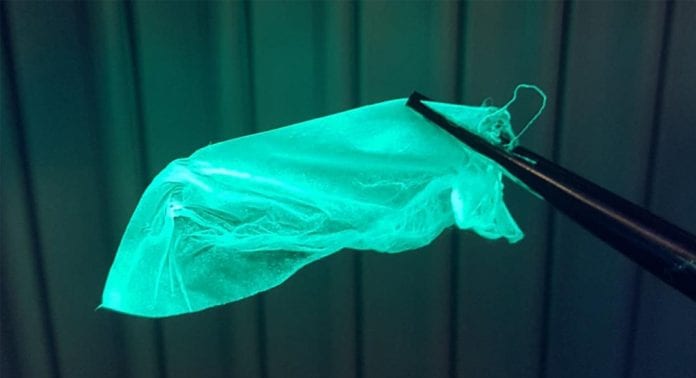
New smart wound dressings have been developed that have built-in ‘healing’ sensors which glow when a wound is not healing properly.
The multifunctional, antimicrobial dressings, developed by a team of scientists and engineers at RMIT University in Melbourne, Australia, use the antibacterial and antifungal properties of magnesium hydroxide and feature fluorescent sensors that glow brightly under UV light if infection starts to set in. Thanks to this innovative feature, the dressings can be used to monitor healing progress.
The dressings are also highly cost-effective, as they are up to 20 times cheaper to produce than silver-based dressings, but equally as effective in fighting bacteria and fungi, with their antimicrobial properties lasting up to a week.
The study has been published in ACS Applied Materials and Interfaces.
Innovation in wound care
Magnesium is known to be antimicrobial, anti-inflammatory, and highly biocompatible, however, there has been little research on how it could be used on relevant surfaces like dressings and bandages.
Lead author of the study, Dr Adam Truskewycz, now at the University of Bergen, Norway, is the first to develop fluorescent magnesium hydroxide nanosheets that could contour to the curves of bandage fibres.
To develop the smart dressings, the team synthesised the nanosheets and embedded them onto nanofibers. The magnesium hydroxide nanosheets respond to changes in pH, which makes them ideal for use as sensors to track healing, as healthy skin is naturally slightly acidic, while infected wounds are moderately alkaline. The nanosheets glow brightly under UV light in alkaline environments and fade in acidic conditions.
Project leader Dr Vi Khanh Truong, a Vice-Chancellor’s Postdoctoral Fellow at RMIT, said: “Currently the only way to check the progress of wounds is by removing bandage dressings, which is both painful and risky, giving pathogens the chance to attack.
“The smart dressings we’ve developed not only fight bacteria and reduce inflammation to help promote healing, they also have glowing sensors to track and monitor for infection. Being able to easily see if something is going wrong would reduce the need for frequent dressing changes and help to keep wounds better protected. With further research, we hope our multifunctional dressings could become part of a new generation of low-cost, magnesium-based technologies for advanced wound care.”
The nanosheets can be easily integrated onto any biocompatible nanofiber, meaning they can then be deposited onto standard cotton bandages, and laboratory tests have demonstrated that they are non-toxic to human cells, while destroying emerging pathogens like drug-resistant golden staph and Candida auris.
























